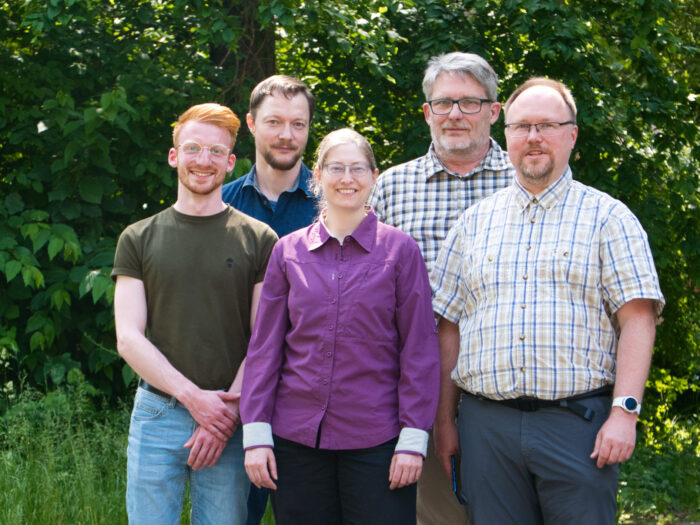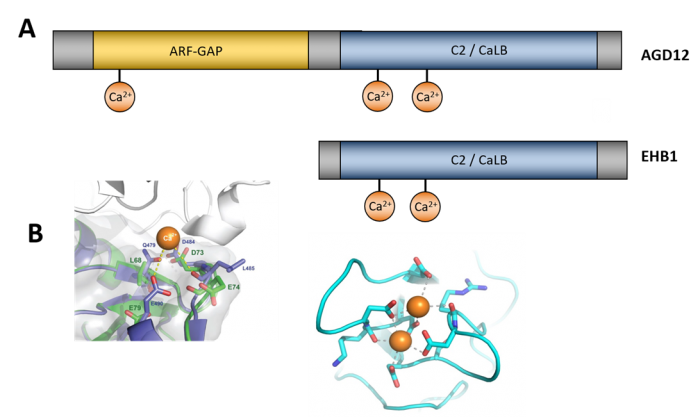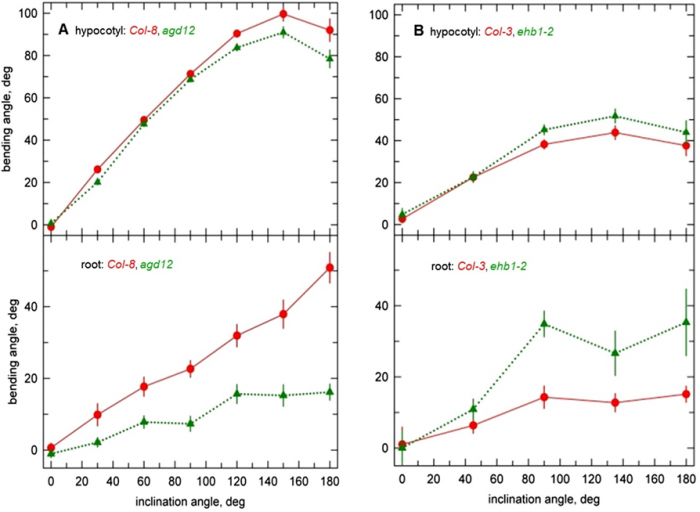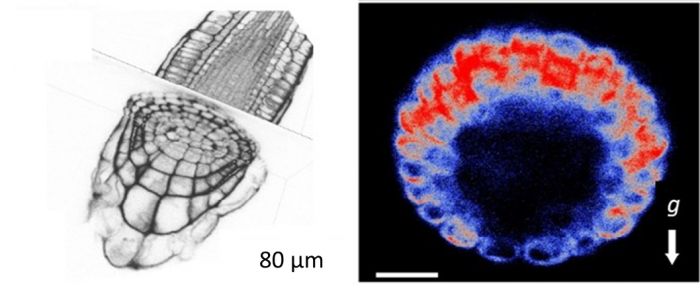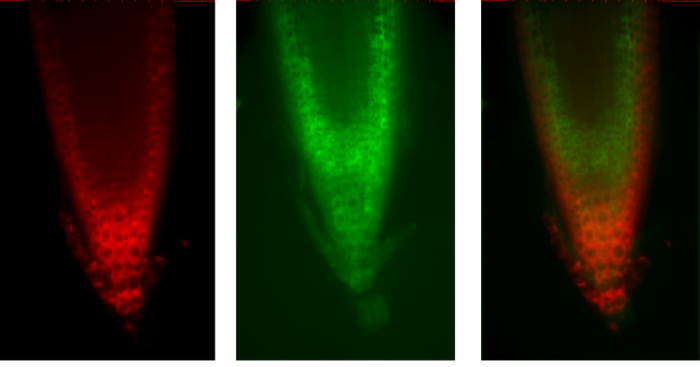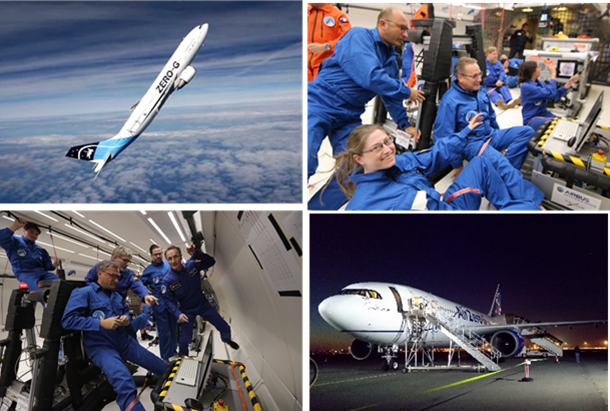Welcome to AG Forreiter
(Prof. Dr. Christoph Forreiter)
Signalling events leading form gravity and light perception to auxin induced root and stem bending towards or away from the environmental stimuli are only partly understood. Our aim is to identify and analyse novel elements which contribute to this process. Doing so we have so far identified two antagonistically acting proteins which affect light- and gravitropic bending in a calcium dependent way. Our experimental setup, which currently includes parabolic flights under Zero-G conditions, gives us the exceptional opportunity to analyse light and gravity induced signal conversion (normally linked under natural conditions) either in the absence of light or in the absence of gravity.
Sessile organisms grow towards or away from an environmental stimulus like light or gravity by an auxin mediated bending. We are interested to understand the mode of action of early signalling events either initiated by light or by gravity, which ultimately lead to a gravitropic and/or phototropic growth.
So far we have succeeded in identifying two antagonistically working proteins of the signalling chain in Arabidopsis, called EHB1 and AGD12 (Fig. 1). EHB1 stands for “enhanced bending” (Knauer et al., Plant Physiol. 2011), since an Arabidopsis loss-of-function line reacts more strongly to a given gravity or light stimulus as the wild type, while AGD12 loss-of-function mutants (Dümmer et al., J Plant Physiol. 2016) behave exact the opposite way (Fig. 2). Thus, both proteins might act as a regulating element during bending, were AGD12 is the effector and EHB1 serves as an inhibitor, respectively. Interestingly EHB1 gets redistributed after a gravitropic stimulus (90° tilt), while AGD12 is not affected (Fig. 3). AGD12 looks quite similar to EHB1, since both proteins contain a calcium lipid binding domain (CaLB/C2), but AGD12 additionally contains an ARF-GAP domain, which functionally links the protein pair to small G proteins of the ARF family, which play an important role in vesicle sorting in the Trans-Golgi network.


